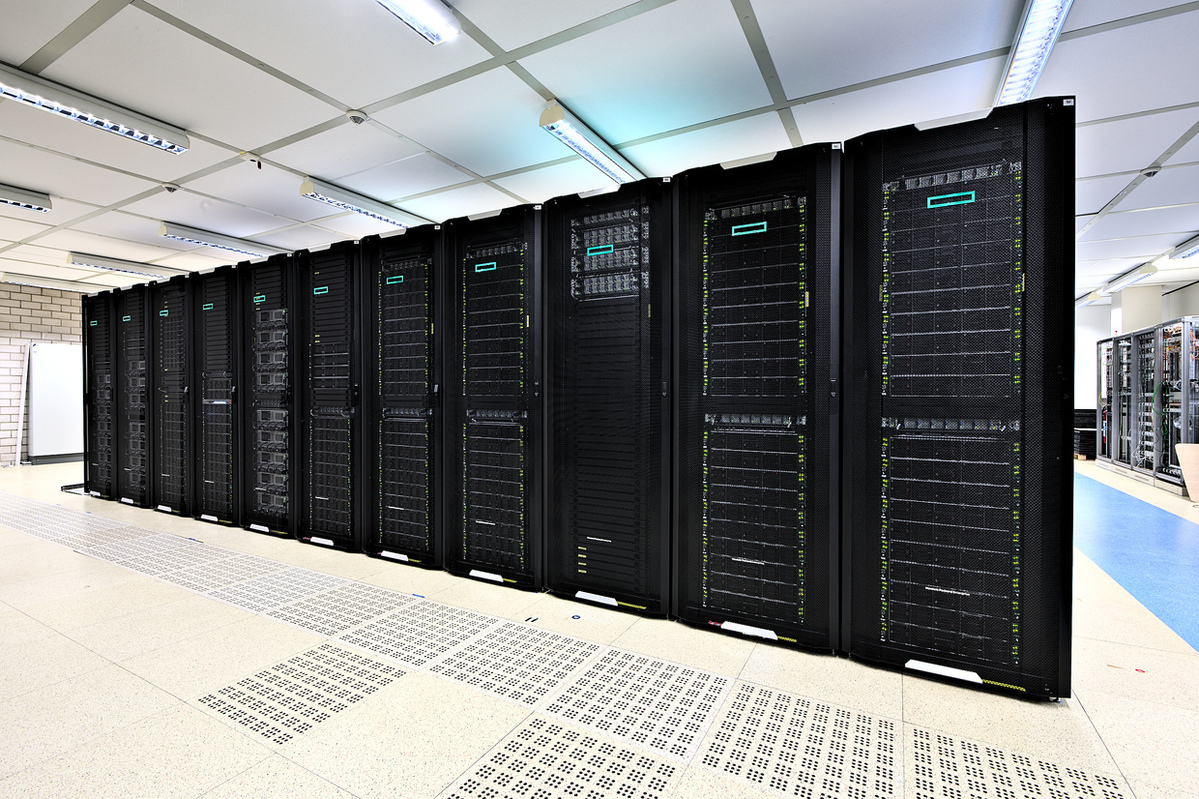"Data - Information - Knowledge
I am fascinated by using clever approaches to data analysis to discover and understand environmental phenomena."
Professor Stefan Hinz
Institute of Photogrammetry and Remote Sensing (IPF)
The interactions in climate and environmental sciences are highly complex. At the same time, the data sets generated by new devices and sensors are becoming ever larger, and models and modeling tools for analyzing the data sets are becoming ever more comprehensive and complex. This leads to the need to apply methods of artificial intelligence (machine learning, neural networks, etc.) to analyze and validate the measured or modeled data sets and finally to improve the applied models.
Applications can be found e.g. in the following topics:
- Climate modelling
- Weather forecast (also of extreme weather events e.g. hurricanes)
- Remote sensing and mapping
- To understand and model physical and chemical processes in the atmosphere
- Ozone determination in the stratosphere
- Analysis of seismic data
- Flood Forecast
- Time series analysis
Vice Provost for Early-Career Researchers and Spokesperson for the Topic Data Science in Environmental Sciences

Institute for Photogrammetry
and Remote Sensing (IPF)
KIT - Karlsruher Institute of Technology
Englerstr. 7, Geb. 20.40
76131 Karlsruhe
Deputy Spokesperson Topic Data Science in Climate and Environmental Research


Scientific Computing Center (SCC)
KIT - Karlsruhe Institute of Technology
Hermann-von-Helmholtz-Platz 1
76344 Eggenstein-Leopoldshafen
.jpg)




